Artwork and visual symbolism seen in a church building often make a confession long before parishioners hear what is confessed in the liturgy. Some of the symbolic meaning, however, may be lost to us. This is the third of nine articles devoted to those images which we often see — but may not always understand — in the sanctuary.
We often see repeating symbols in Christians churches and artwork. While such things often fall under the umbrella of adiaphora, visuals in the church follow the same formula as church music: They can be edifyingly beautiful when executed with care. They can also, however, be a visual cacophony when carelessly executed or misunderstood. Consider the next few articles in our series a refresher course on traditional symbolism often seen on Sunday morning. Today we look at the halo or nimbus, as it is alternatively called.
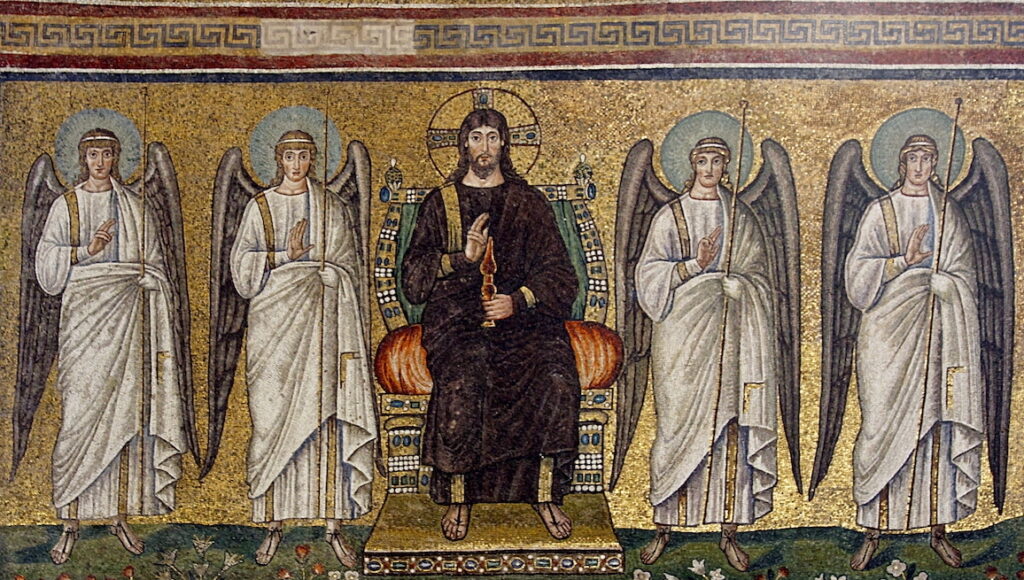
The concept of a halo is not exclusively Christian. A visual ring, or aura, has been used in various ways by other religions throughout history. The aura can surround a person’s head or surround their entire body. However, early Christians were always “wise as serpents” when taking elements from neighboring cultures and using them to further the Gospel. Thus, the halo became a useful visual tool when differentiating between depictions of believers and nonbelievers within the context of Christianity. When a crowd was painted, for example, a halo made it easy to identify Christ and each of His believers. This was especially important when considering, as Scripture indicates, that Jesus was otherwise unremarkable in appearance.
For the most part, early Christians placed halos on images of “sainted” Christians, that is, Christians who were already in heaven and not still walking the earth. Hence, the argument of whether or not any particular Christian — Mary included — deserved to be called holy was a moot point. While Rome had stipulations regarding sainthood, Lutherans left the final judgment in the hands of the Lord and declared, along with Scripture, that all of God’s children were holy in His sight.
Later on, it became important to distinguish Christ Jesus from other biblical characters, so the tri-radiant nimbus came into use. The tri-radiant nimbus is reserved for depictions of Persons of the Holy Trinity and has three rays emanating from its center. It is sometimes mislabeled a “cruciform nimbus” under the assumption that there is an unseen fourth ray, but this is a misinterpretation of the symbol. The tri-radiant nimbus is placed behind the head of the dove when depicting the Holy Spirit. It also appears behind depictions of the Father’s hand.
Through the centuries, there have been different variations of halos used. Circular, tri-radiant halos are also sometimes re-invented as triangles and placed behind figures of the Holy Trinity, and while other shapes, including squares, have been used for sainted figures. The artistic medium must also be taken into account. It is relatively easy to depict a halo in a painting, for example, but the concept must be rethought when sculpting a halo. A delicate ring will not long survive, so a round plate-like structure is often used instead.
In some corners of Christendom, the halo surrounds an entire figure; this is called an “aureole.” Eastern Orthodox icons will often depict full figures of Christ in this way. Roman Catholics also employ the device in some depictions of the Virgin Mary. More specifically — and perhaps most worryingly — artists often use the aureole in depictions of Our Lady of Guadalupe, who is typically shown alone. The Christ Child is nowhere to be seen.
To be sure, there are abuses of halos, but halos give glory to God and attempt to visually set Him apart. Even when placed behind the heads of His apostles and followers, the glory of God is reflected on those who dared to put their trust in the Lord, who lived their lives to His glory, and who often forfeited their lives for the sake of His name.
Fig. 1: © José Luiz Bernardes Ribeiro / CC BY-SA 4.0. Access here.


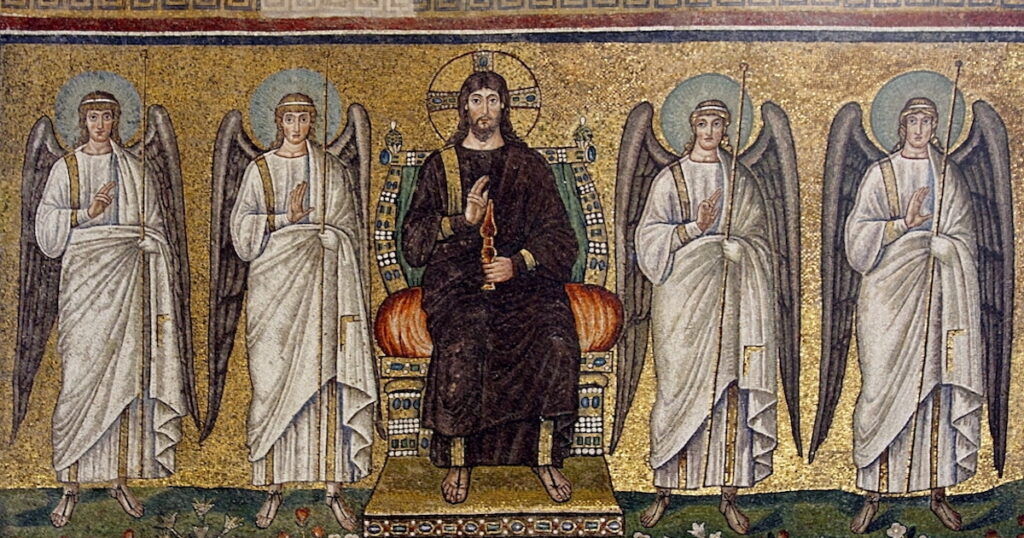
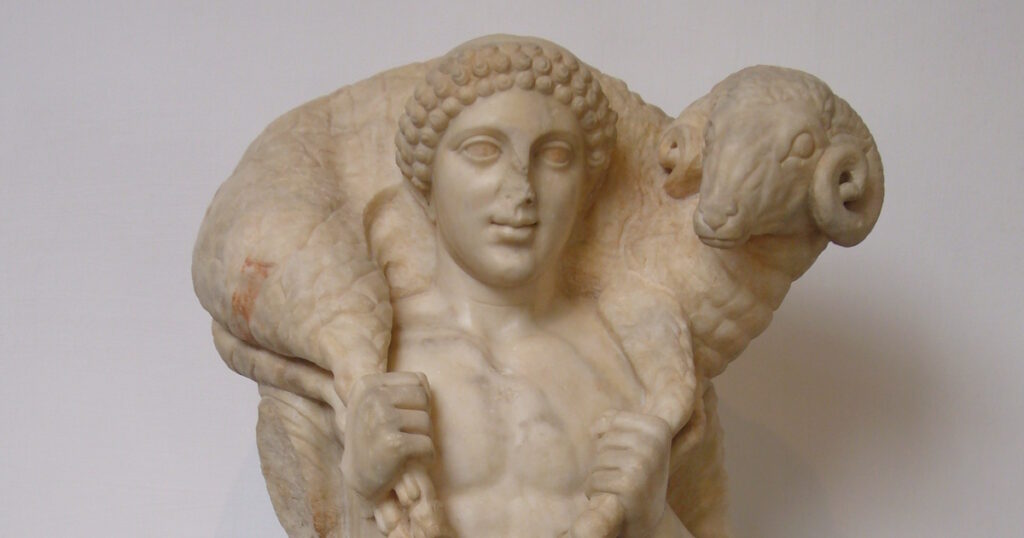
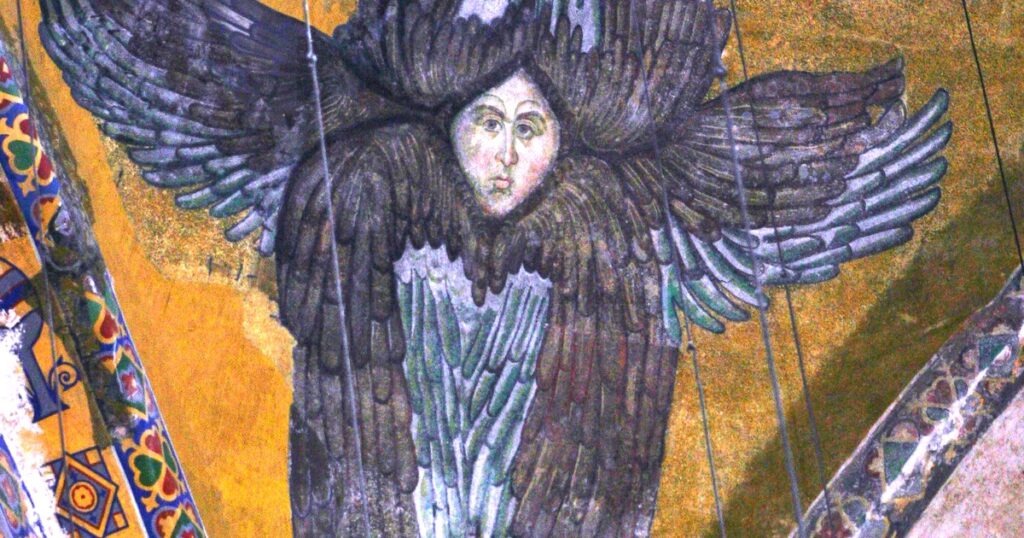
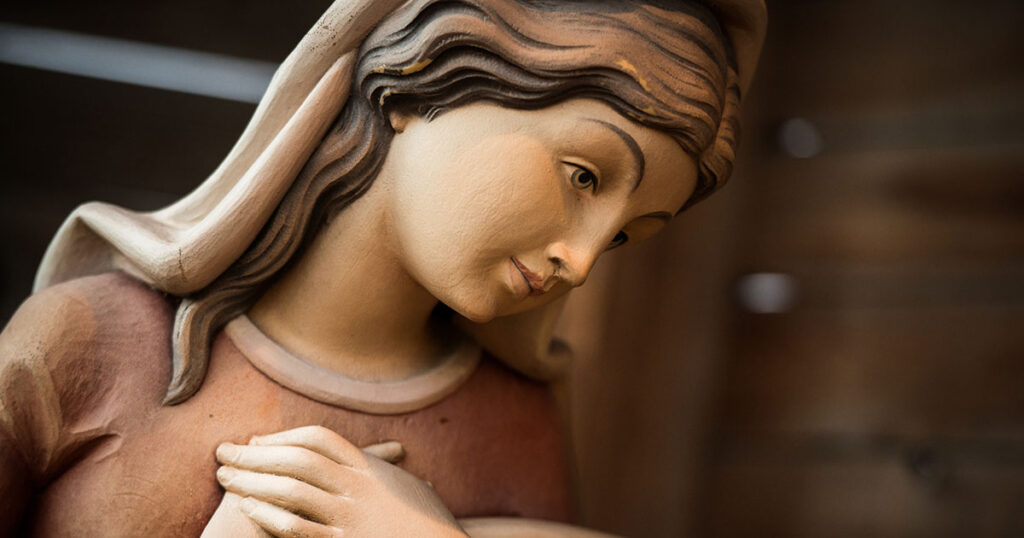
Thanks for this series, very informative.